Understanding Global Supply Chain Disruptions: What It Means for India
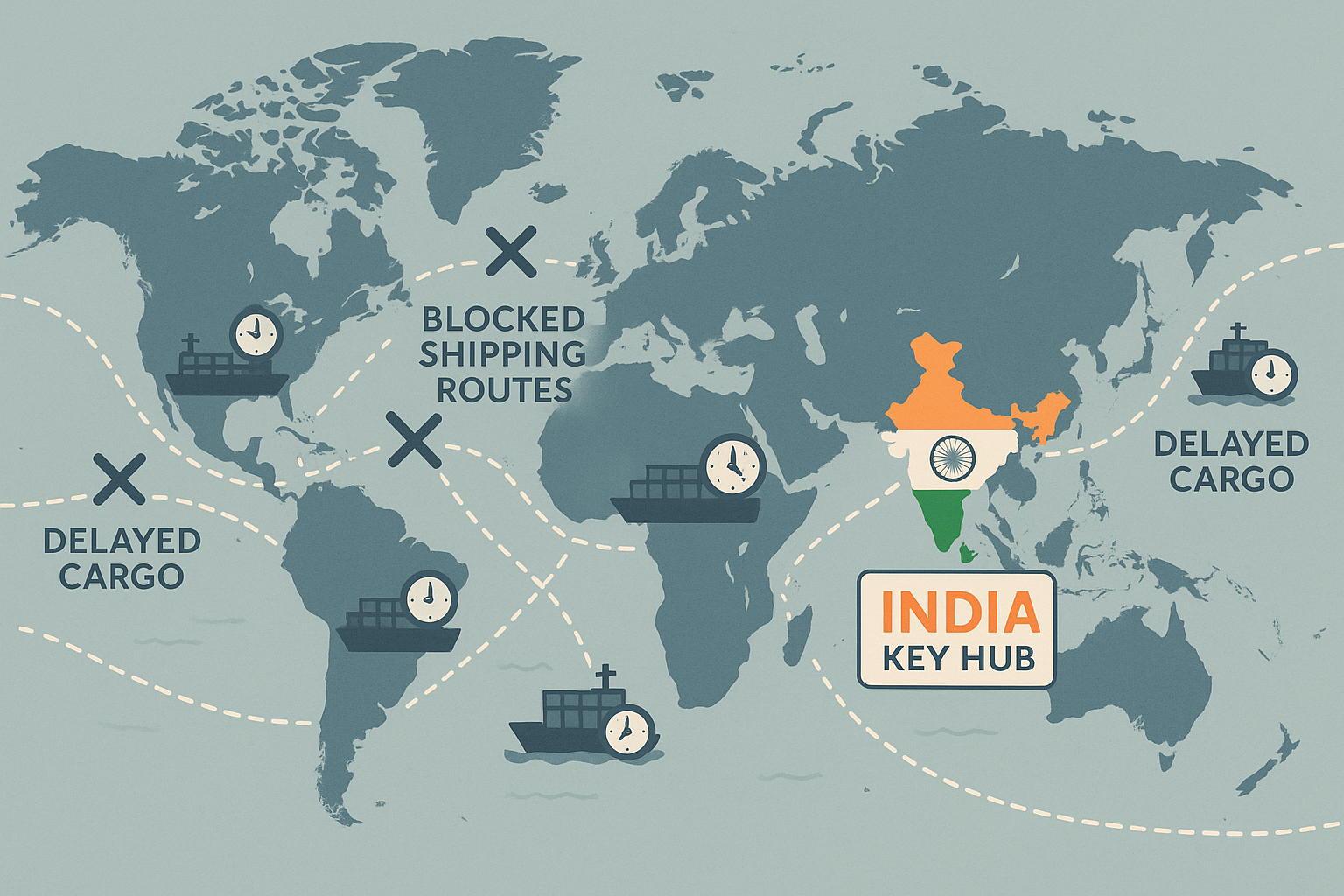
Intro: When “Out of Stock” Became Global
Have you noticed empty shelves, delivery delays, or rising prices? It’s not just a local issue—it’s a global one. From the pandemic to wars and weather events, the world’s supply chains have been shaken like never before. And for a growing economy like India, these disruptions are both a challenge and an opportunity. The big question is: how does this impact us—and what comes next?
1. What’s Causing the Disruptions?
The supply chain is like a long train—if one car stalls, the whole thing slows down.
Here’s what’s breaking the chain:
- Port Congestions: Major ports in China, the US, and Europe have faced weeks-long delays due to lockdowns or worker shortages.
- Geopolitical Tensions: The war in Ukraine, US-China trade wars, and Red Sea attacks have blocked or rerouted major shipping lanes.
- Climate Impact: Droughts in the Panama Canal, floods in Asia—nature has joined the disruption too.
- Dependence on Few Countries: Many products (like chips or batteries) depend on just a few nations. If one shuts down, everyone feels it.
2. Where Does India Stand in All This?
India is no longer just a buyer or seller—it’s becoming a critical link in global trade.
- Diversification Destination: Global brands are moving production out of China. India is rising as a preferred alternative for textiles, electronics, and pharmaceuticals.
- Self-Reliance Push: Programs like Atmanirbhar Bharat are helping India build internal strength in manufacturing.
- Tech Adoption: Indian logistics firms are going digital—tracking goods, predicting delays, and automating warehouses.
- Strategic Geography: With access to major sea routes and connections to Africa, the Middle East, and Southeast Asia, India has location on its side.
3. What’s the Government Doing?
India isn’t standing still. Policy and infrastructure shifts are happening at speed:
- PM Gati Shakti: A massive plan to connect highways, rail, ports, and airports in one digital platform for smoother movement of goods.
- PLI Schemes: The Production Linked Incentive program rewards companies for making key goods—like mobile parts or solar cells—within India.
- FTA Talks: India is actively signing Free Trade Agreements with the UK, UAE, and Australia to expand its global reach.
These changes aren’t just for big companies. They’ll soon benefit small businesses too.
4. Tips for Small Exporters & Importers in India
If you're a small business owner, here’s how you can stay ahead:
- Use Digital Freight Platforms: Tools like ShiprocketX, Freightos, or Cogoport can help compare rates and routes in real-time.
- Diversify Sourcing: Avoid depending on just one supplier or country. Try finding regional backup sources.
- Track Policy Updates: Follow DGFT and Export India portals for incentive schemes and duty changes.
- Build Buffers: Have at least 1–2 weeks of stock ready to manage sudden supply hiccups.
Go Local Where You Can: Sourcing materials locally can reduce dependency on international delays.
Conclusion: A Crisis That Could Build a Stronger India
Global supply chains might stay shaky for a while, but India has a rare chance to shine. With smart policies, digital upgrades, and a young workforce, the country can move from being just a player to a pillar of global trade.
If you're in trade, manufacturing, or retail—start upgrading now. Read up on Gati Shakti. Talk to digital freight platforms. The world is rewiring supply chains, and India has a seat at the table.

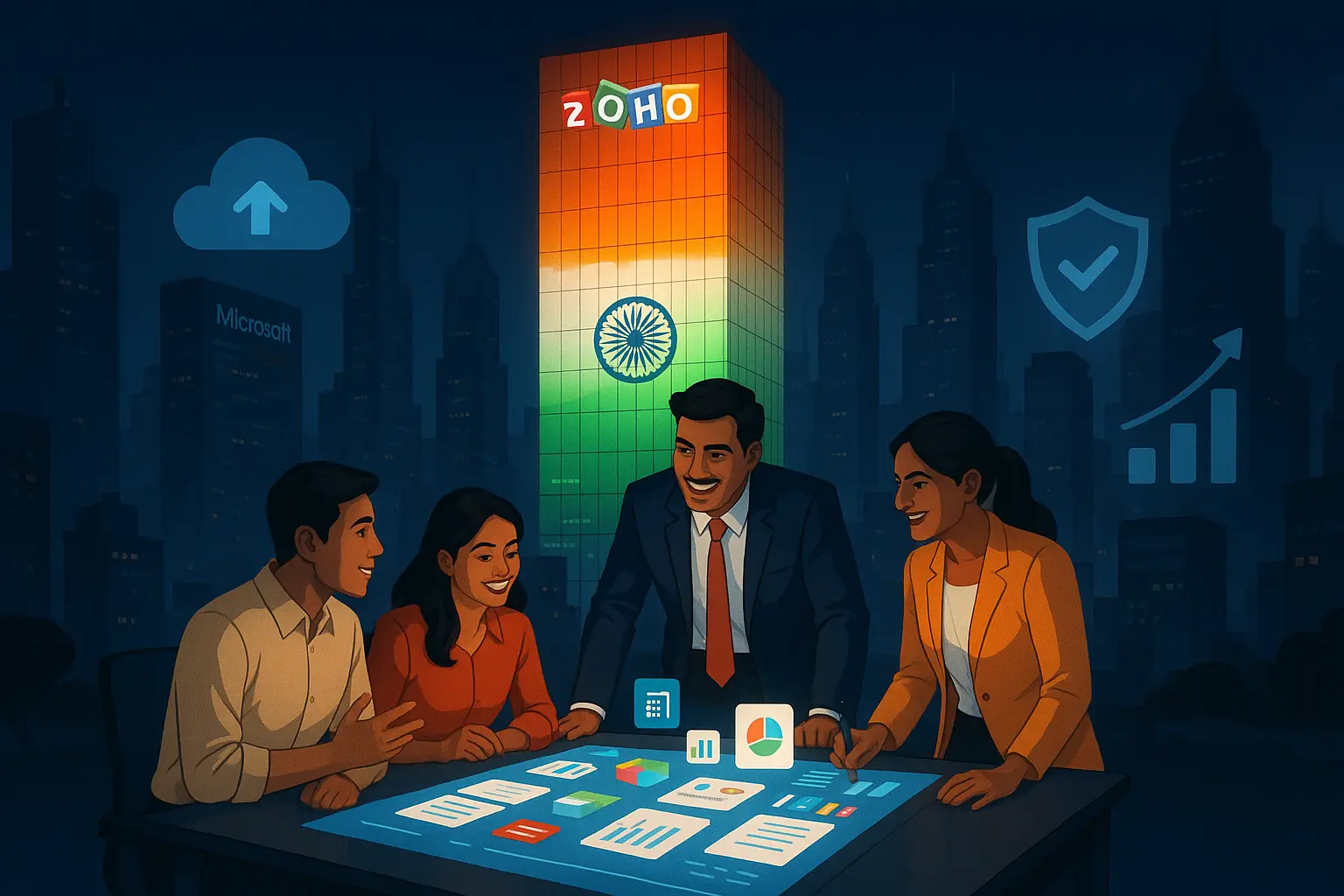
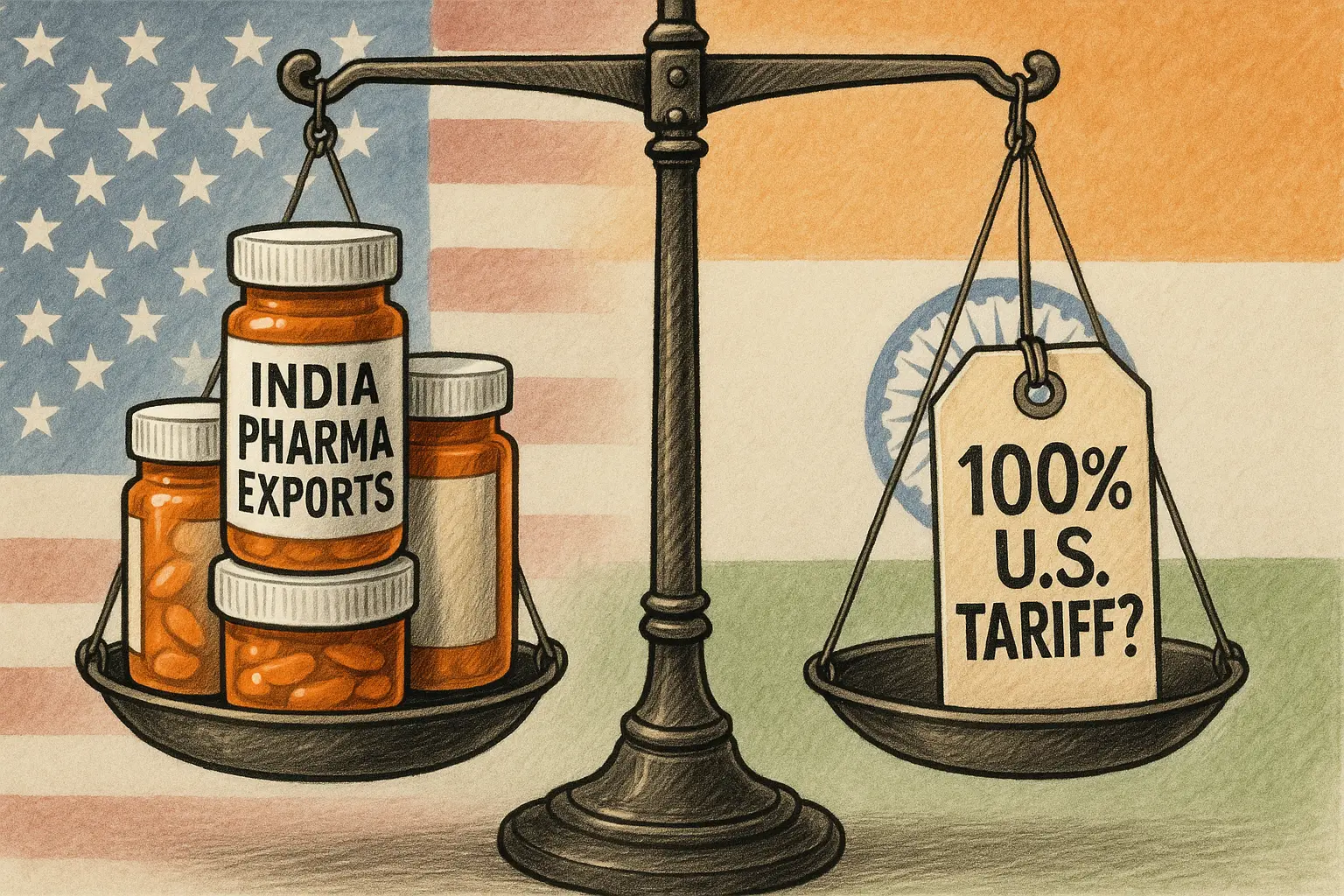


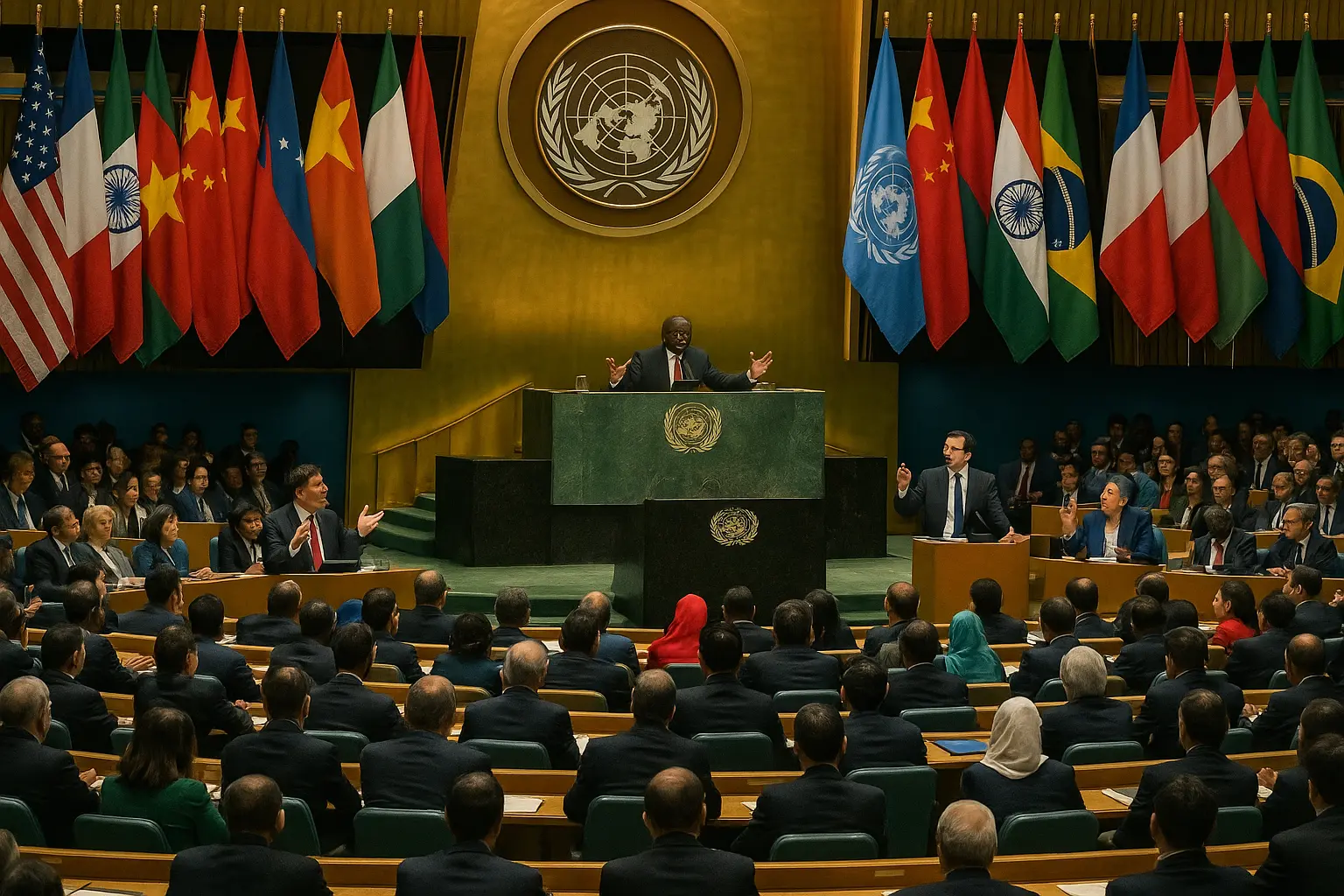
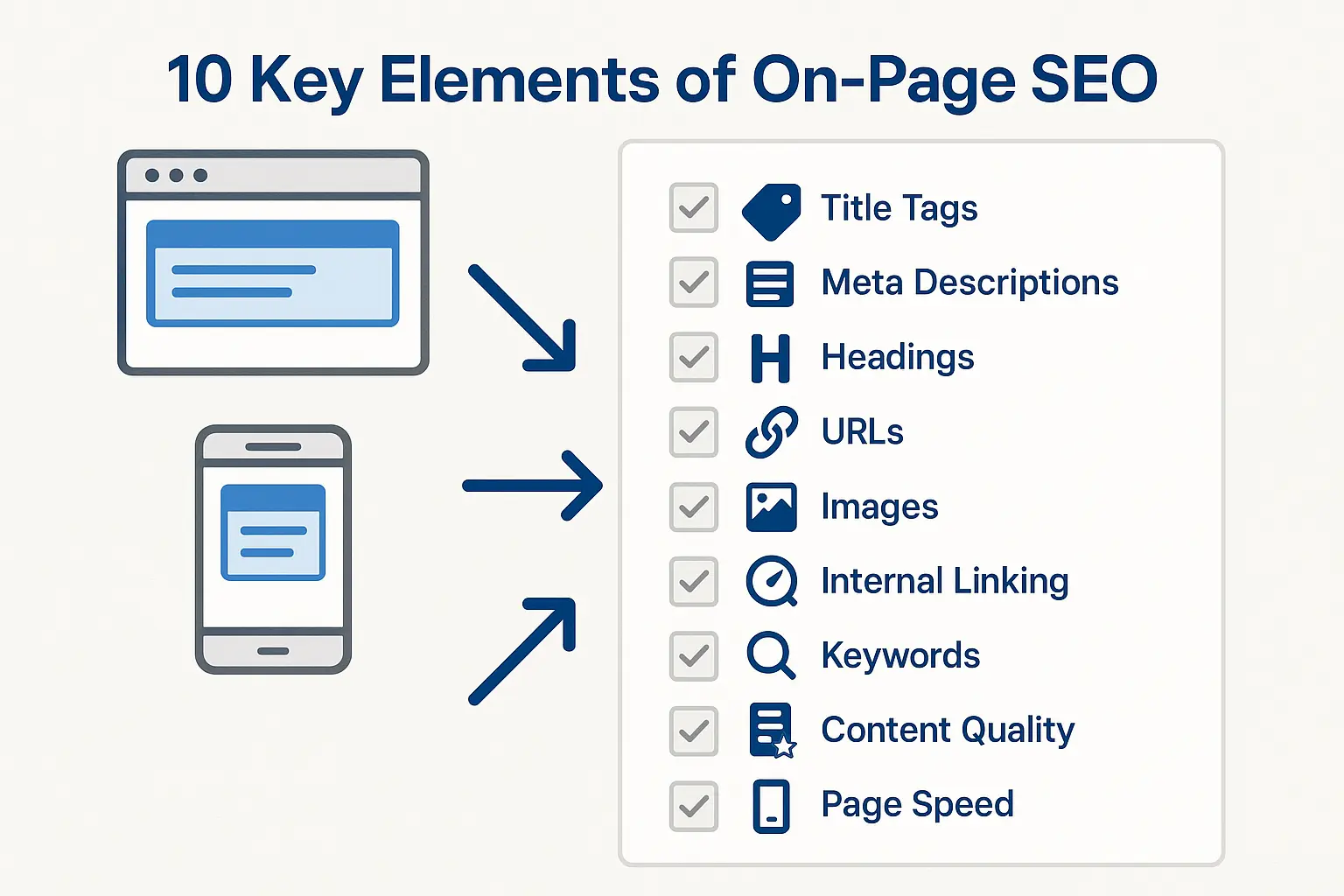
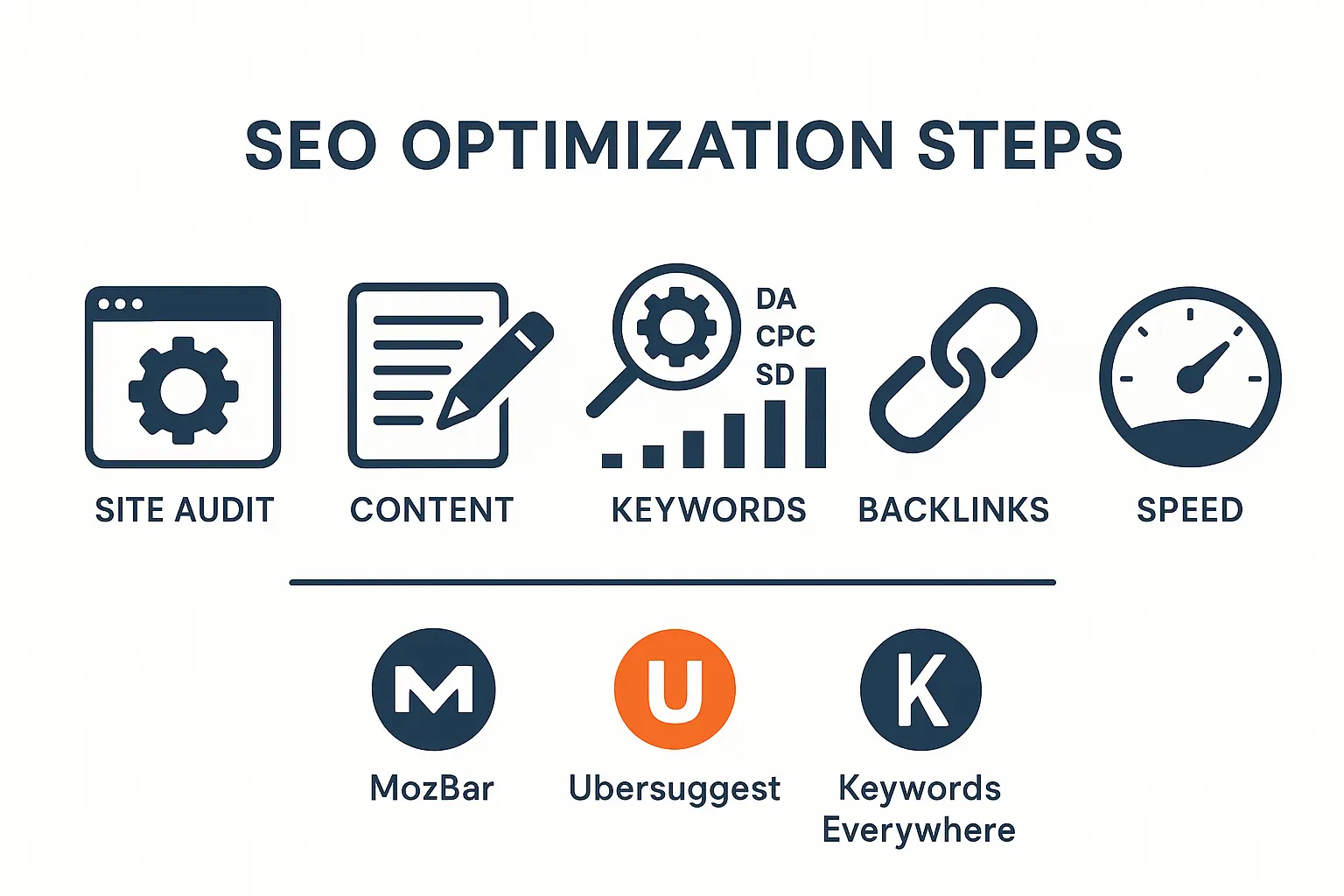

No comments yet. Be the first to comment!